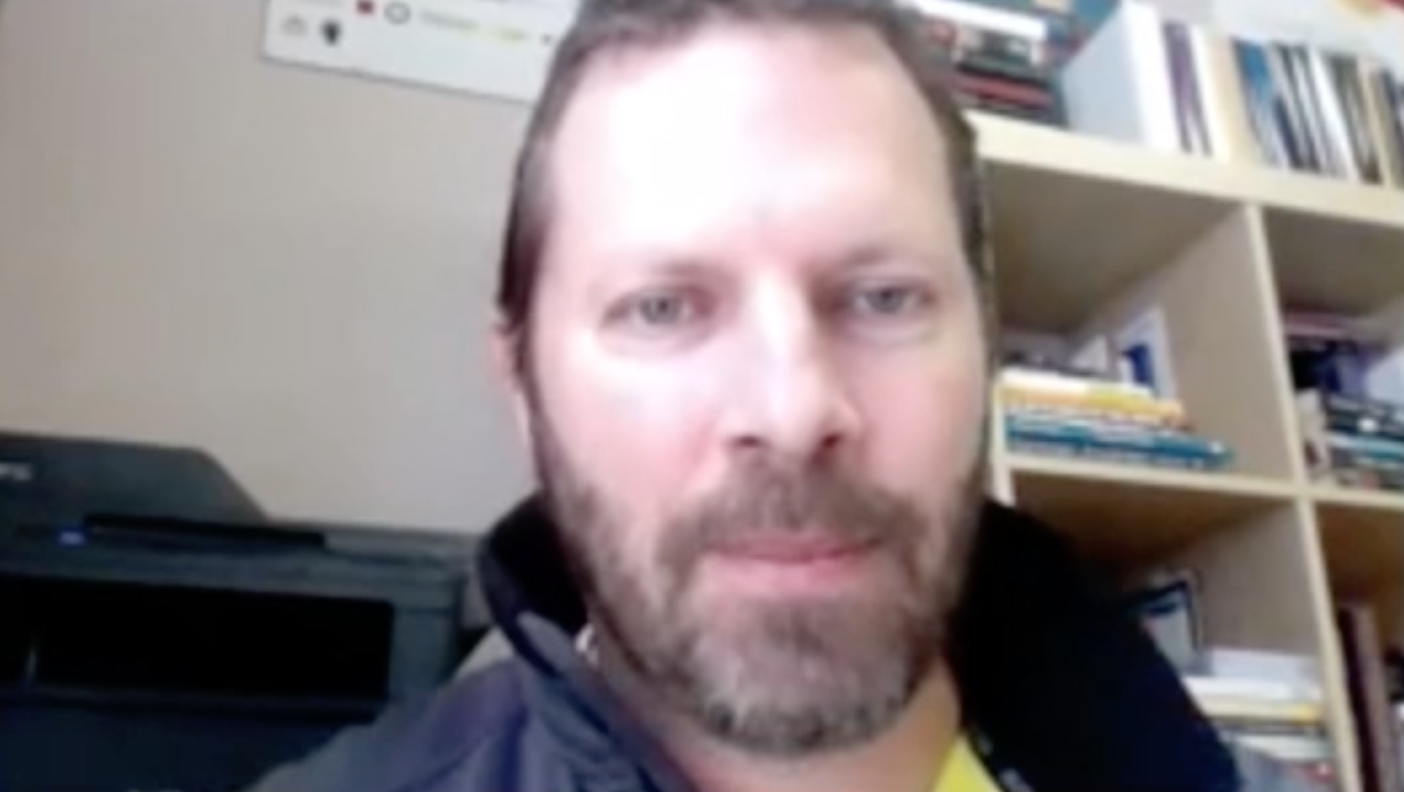 When we first play with integral quadrants many, I certainly was, are thrilled by integral’s explanatory power. We start analysing the world and phenomena. It is exciting -as we do this we can bring great insight onto traditionally stuck and intransigent circumstances–creating flowing and productive performance in health systems, opening out around the difficulty of implementing corporate sustainability and this is enhanced by the mirroring of these same quadrants within ourselves.*
When we first play with integral quadrants many, I certainly was, are thrilled by integral’s explanatory power. We start analysing the world and phenomena. It is exciting -as we do this we can bring great insight onto traditionally stuck and intransigent circumstances–creating flowing and productive performance in health systems, opening out around the difficulty of implementing corporate sustainability and this is enhanced by the mirroring of these same quadrants within ourselves.*
When we first come across this we tend to use it in an analytical way. What goes where? What is individual or collective? Are we looking at something with a subjective viewpoint or can it be seen, touched, heard, measured etc., the objective. These two differentiations create a surprisingly simple and compelling conceptualisation encompassing reality.

As we are putting things into four quadrant boxes sometimes our capabilities flow in a state of unconscious competence! We shift systems and undertake change within businesses or groups gracefully. So can deeper consideration help? Despite how excruciating it can be to differentiate and get analytical this can really pay – diving into what our framing is and enabling our capabilities.
Before the blog gets too heady . . . try it for yourself – play Sean Esbjörn-Hargens’ TetraDynamic guided visualisation. Note, this is an excerpt of the online class. At approximately the 6 minute mark Sean talks about the connective experience between people in the class. Substitute the ‘class’ for a group you are closely connected to.
By the end of the video you’ll hopefully have a taste of power that can be held, for impact in the types of initiatives and organisational situations many are part of, beyond just analysing a circumstance, situation or problem with quadrants. This shift can be thought of as a 5 step move:
- The fist step is we get good at boxes – what goes where? E.g. looking at wellbeing is it an internal, subjective concept like happiness or fear? Or an external systems collective objective sphere such as gross domestic product?
- The next step is a framework. We start understanding relationships – relationships across the boxes – E.g. what’s the connection between GDP and happiness? A lot of analysis in the modern world may make these types of links.
- However, as you’re looking at elements, are we mistaking the map for the territory? Are there multiple meta frameworks relevant to wellbeing? Social, scientific, and/or humanistic? There are many different windows that you can look at reality with. Any one snapshot is not the total view of a phenomenon.
- So, naturally there are systematic dynamics between such different views. This is when we can look for universal integrating criteria or big picture organising meta-principles that take us into a broader space, into a systems dance with the quadrants.
- But, I said this was not going to get too heady. At the end of Sean’s guided meditation across these quadrants I hope you’ll have a taste of the fifth step. What happens when we start to see this systems dance and experience it with all the quadrants acting together? What does this feel like in our body and across the many connections, cares and interests that we have in and around us, conscious and unconscious? …consciously experiencing multidimensionality simultaneously.
Back on the applied side, holding these quadrant pieces consciously can enhance our understanding. It increases our ability to play to our strengths. It decreases the difficulty of managing our biases and blindspots and the mistakes arising from this. With important, volatile, uncertain, ambiguous and complex organisation, company and society situations around us it can create innovative insight and change.
___
* This blog is part of a series about quadrants and TetraDynamics. See the first post for an explanation of quadrants, dynamism with this and background basic resources.
